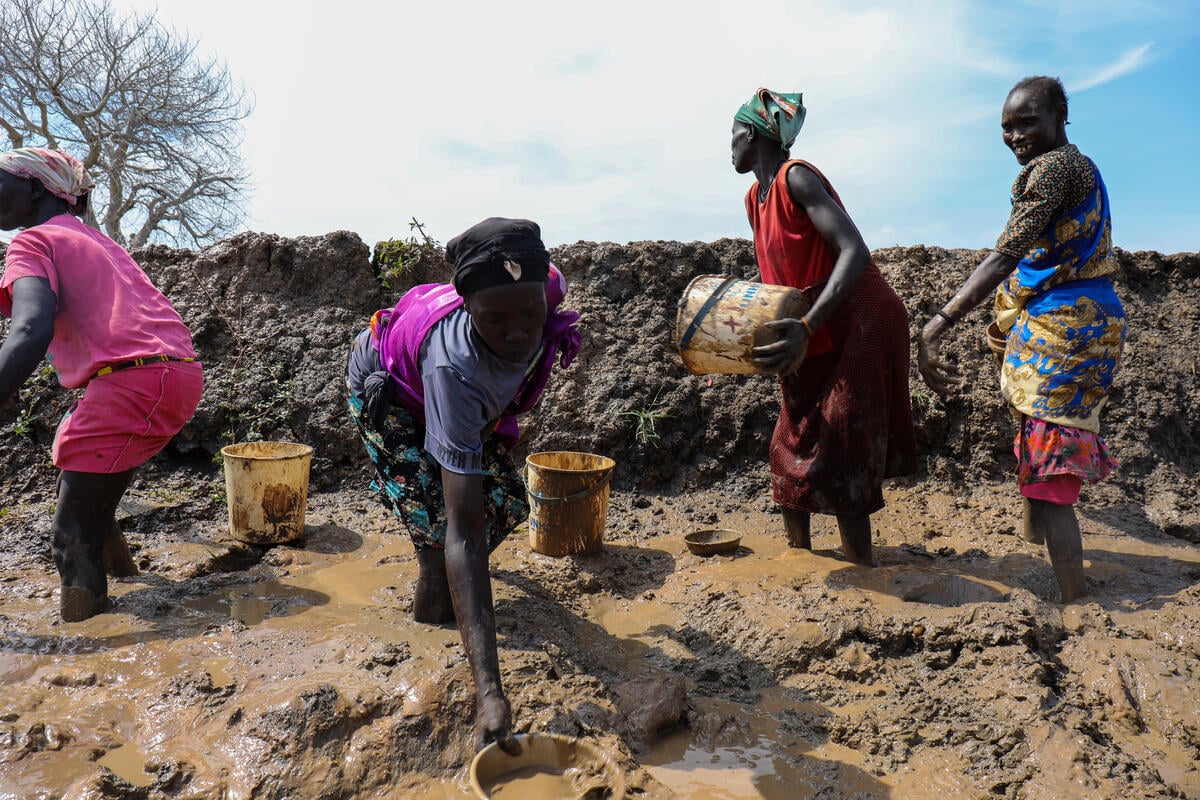Kenya/Uganda displacement
Kenya/Uganda displacement
UNHCR is organizing this morning a "go-and-see" visit for representatives of internally displaced persons (IDPs) in the Kenyan provincial capital of Nakuru to their villages in Uasin Gishu and Koibatek districts in the Rift Valley province of western Kenya. The visit, requested by the IDPs, comes a day after the government officially launched an IDP resettlement programme dubbed "Operation Rudi Nyumbani" (Operation Return Home).
The IDP representatives will make a daylong visit to assess the security situation, infrastructure and livelihood possibilities. They are expected on return to share their impressions about the visit with other IDPs. It's all part of our efforts to provide the IDPs with objective information about conditions in their villages so they can make an informed decision about return.
A convoy of four minibuses left early this morning with the IDP representatives and aid agency staff. The trucks, provided by IOM, are scheduled to reach their destinations, some as far as 250 kilometres away, later this morning. Other partners include Kenya Red Cross, Kenya Land Allowance and the National Council of Churches of Kenya. The overall organisation and protection monitoring is provided by UNHCR.
Upon arrival to their destination the IDPs will meet local authorities and representatives of other communities in the area as part of the reconciliation process. The IDPs will also inspect their homes. In many cases, houses have been burned to the ground while others have been vandalised. Roofing material - mainly corrugated iron sheets - have been stolen.
The post-election violence in Kenya at the beginning of this year resulted in the displacement of an estimated 350,000 people - 90 percent of them in the Rift Valley. Several thousand are also displaced in Nairobi, Western, Central, Coast and Nyanza provinces. The clashes also resulted in the deaths of an estimated 1,200 people.
In many locations in the Rift Valley, people have started to move back closer to their villages. Some IDPs left larger consolidated camps to smaller ones located closer to their farms. This allows them to work during the day and return to the relative safety of the IDP camp at night. Some of these IDPs say that they still do not feel safe spending the night in their homes.
With the onset of the planting season, many displaced farmers, among them land owners have expressed an interest in returning home provided their safety can be guaranteed. There are others who still have reservations about their security and say that they would prefer to sell their land and be resettled in other parts of the country where they could start a new life. Business people are less inclined to go back to their pre-displacement locations as they lost everything and have nothing to go back to. UNHCR will organise more "go-and-see" visits to help IDPs reach a decision on return.
Meanwhile, in Uganda, we began the transfer of some 1,800 Kenyan refugees from a transit site near the Kenya-Uganda border to Kiryandongo - a long-established Ugandan refugee settlement. The first group of some 460 refugees arrived in Kiryandongo last evening. The transfer operation is expected to be completed on Thursday.
On Friday, we are scheduling the repatriation of another 200 Kenyan refugees who have expressed a wish to return to their homes - mainly in the districts neighbouring Uganda.
Since the start of the displacement crisis in Kenya at the beginning of this year, UNHCR has provided humanitarian assistance, including tents, plastic sheets and sanitary material, to more than 20,000 families.









